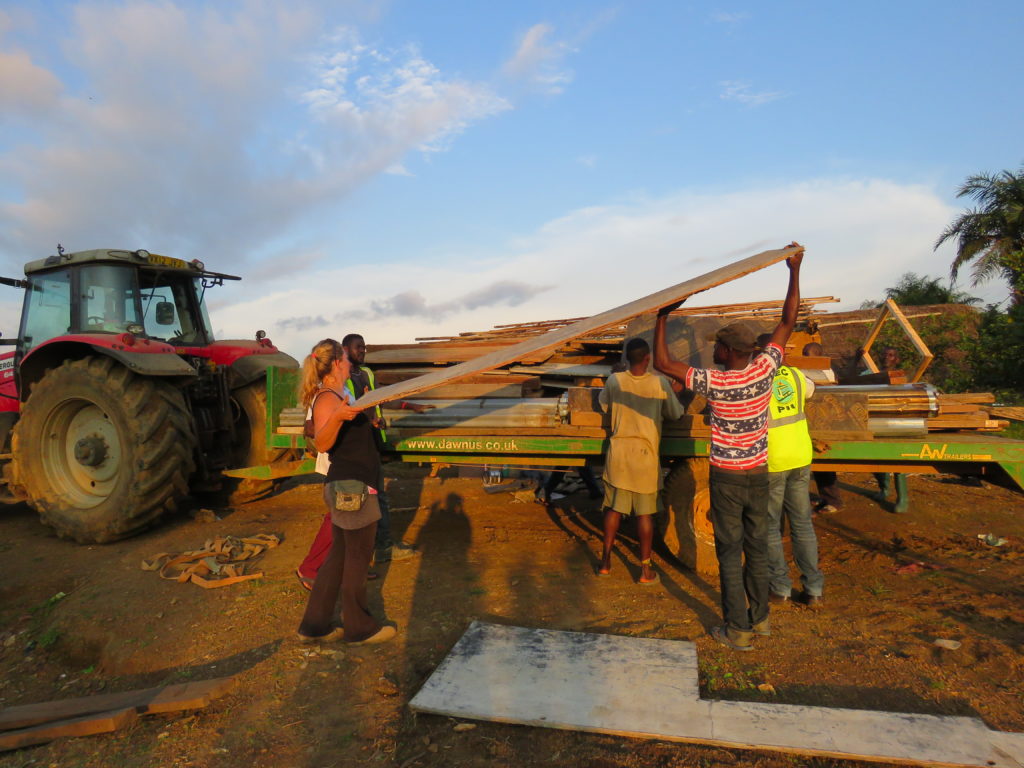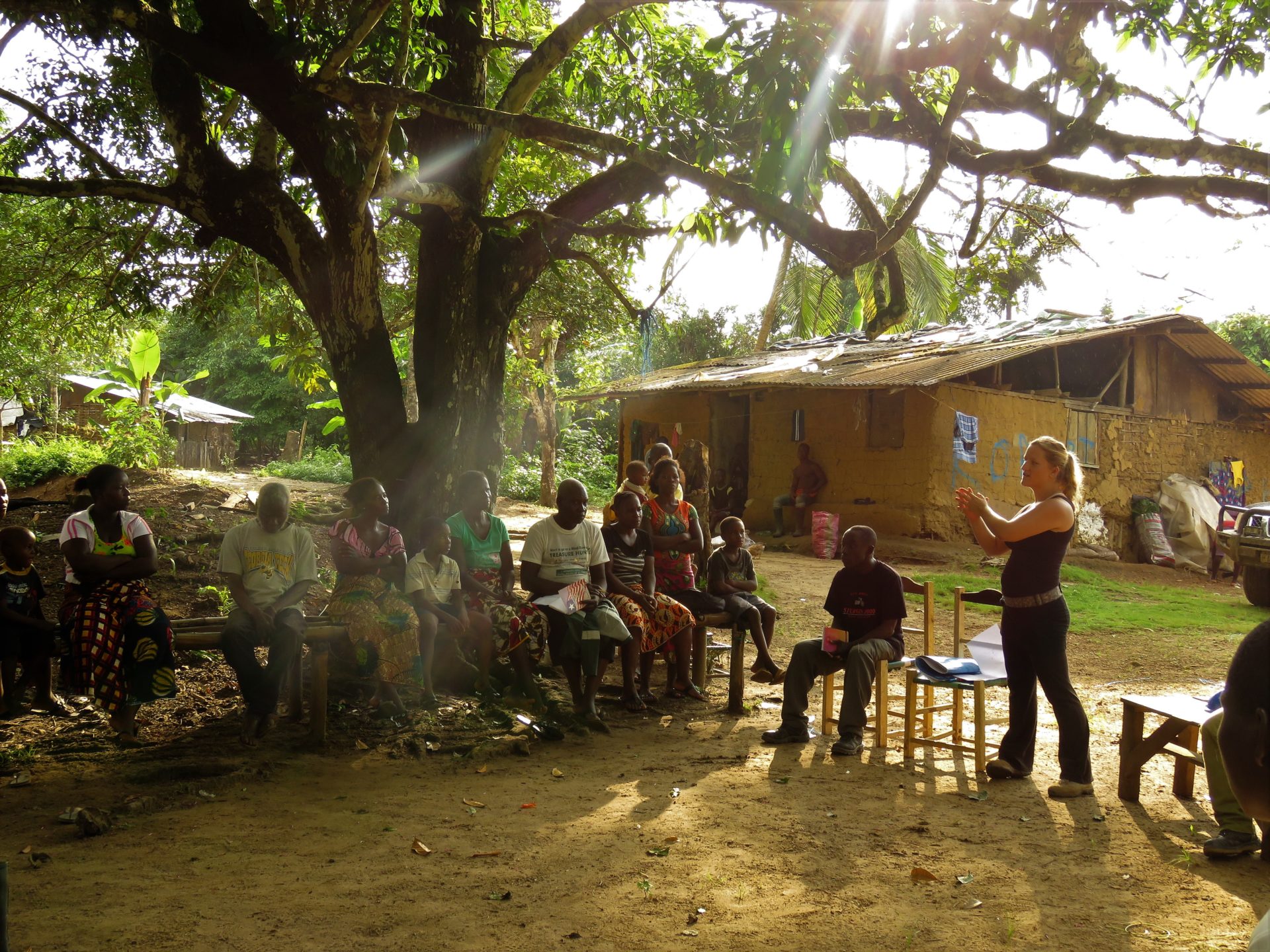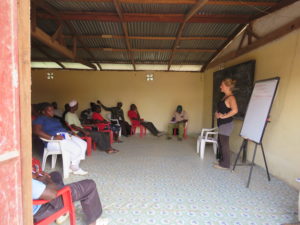
ABOUT THE PROJECT
Liberia – Change management for local communities
‘The most effective way to manage change is to create it.’
My role in the rehabilitation of the Mt. Coffee Hydro Power Plant in Liberia evolved from planning transmission lines to addressing the significant social impacts on local communities. I supported these communities through the changes brought by the project, focusing on leadership training, sanitation solutions, and fostering ownership and sustainability.
Key Highlights:
- Community Empowerment and Leadership Training: Guided village leaders and community members in addressing challenges, fostering ownership, and aligning changes with their vision.
- Sanitation and Waste Management Solutions: Implemented strategies to combat hygiene-related illnesses, including building latrines and introducing waste management.
- Sustainable Development Planning: Prepared communities for post-project transitions, ensuring long-term economic and social resilience.
During my involvement in the rehabilitation of the Mt. Coffee Hydro Power Plant outside Monrovia, Liberia, my initial role was to support the planning of transmission lines. However, it soon expanded to address the social impacts on the affected communities due to the project.
The project brought significant changes to the local communities. The construction of infrastructure, such as roads, improved villagers’ access to the city, jobs, and markets. The influx of local workforce transformed the village structure and economy, generating income through accommodation, food, and evolving markets to meet new demands. However, this influx also introduced serious challenges, including increased sanitation and waste management issues, hygiene-related illnesses, drug-related problems, prostitution, and crime. The predominantly male workforce, detached from their own families and community structures, did not integrate as responsible community members, often disregarding local leadership and elders.
To address these challenges, it was crucial for the villages to reflect on and understand the changes as they occurred. They needed to recognize both the advantages and the difficulties. Developing solutions was a patient, trial-and-error process that required understanding the underlying beliefs, behaviors, and attitudes. This process was complicated by the unfamiliar circumstances and the presence of new, transient community members. Managing expectations and fostering a sense of ownership over the changes was essential to align the community’s development with their vision and goals.
Preparing the communities for post-project transitions was another key focus. As the international companies and the majority of the workforce would leave after project completion, it was important to ensure the sustainability of businesses and accommodations developed during the project.
One of the most pressing challenges was addressing hygiene and sanitation issues. Raising awareness and implementing solutions, such as building latrines and introducing waste management systems, were critical steps in improving community health.
My efforts primarily targeted village leaders, providing leadership training and support during community meetings. I also engaged deeply with the general community and guided my local team to build competencies, ensuring they could take charge of the processes. This approach allowed me to gradually step back, empowering the community to drive their own transformation and reducing my role as the international project representative.




